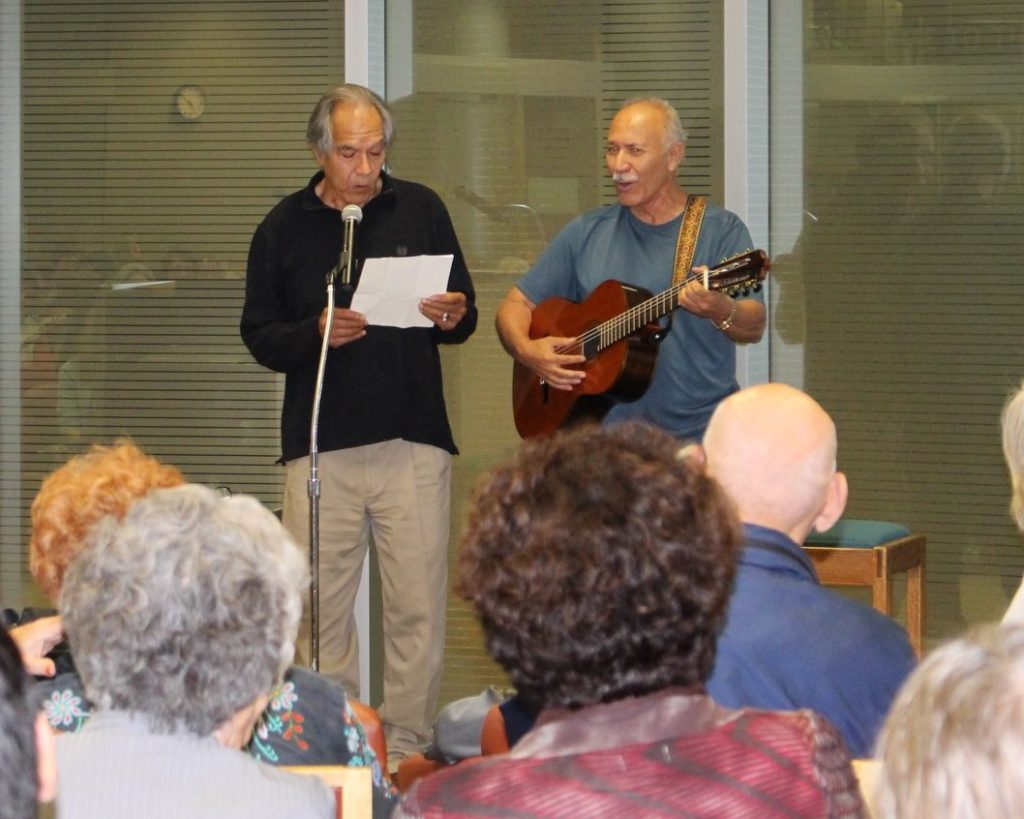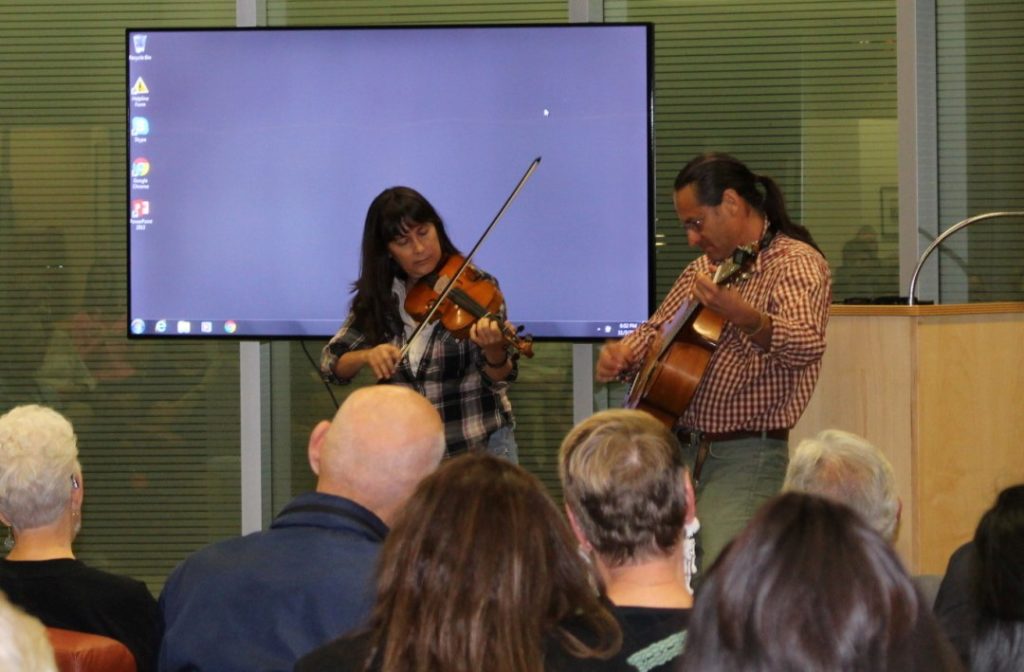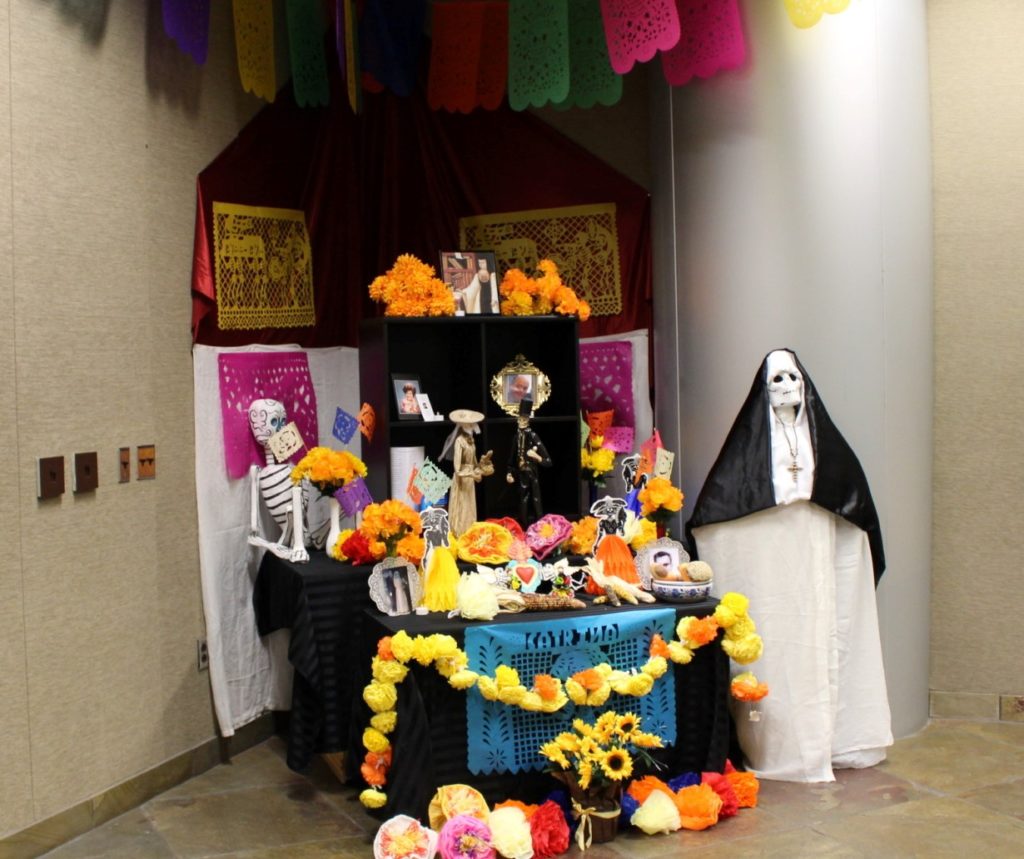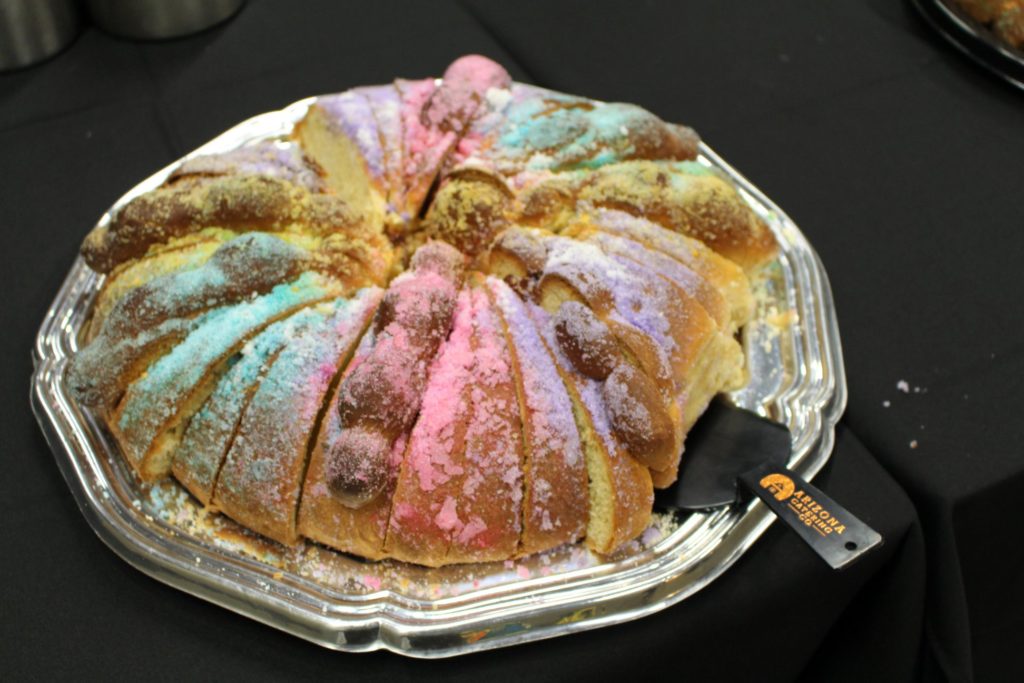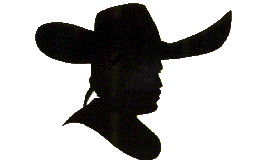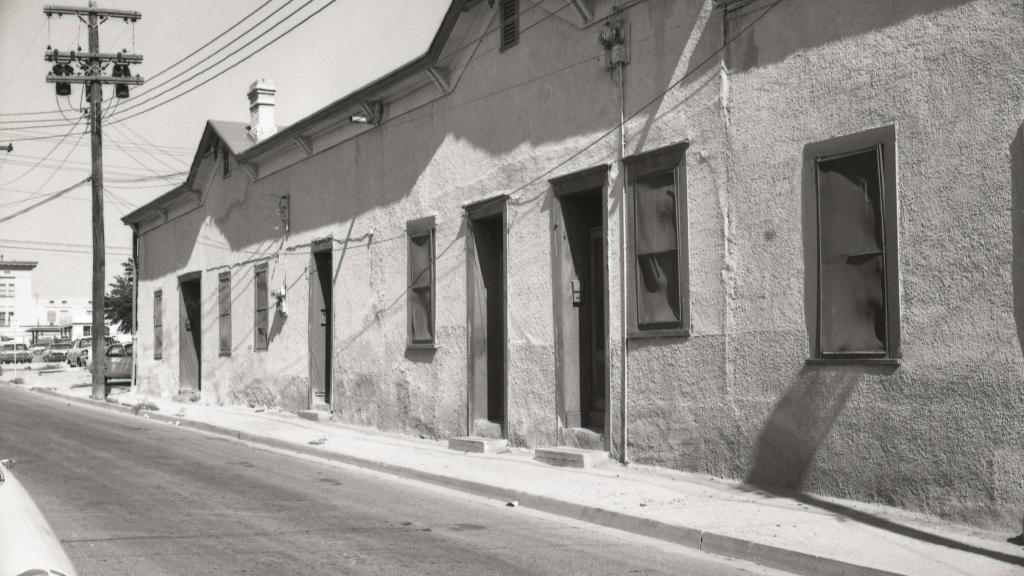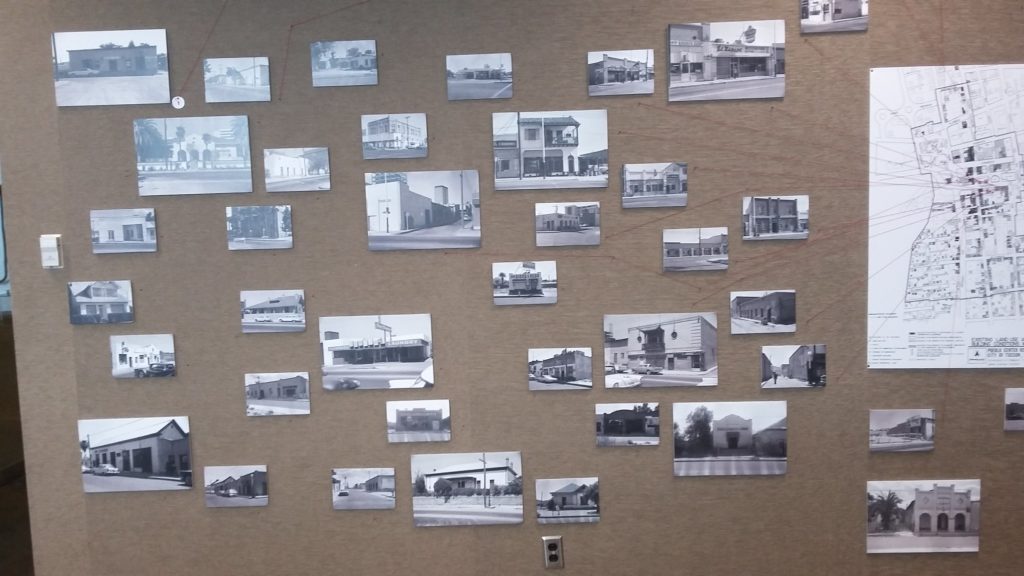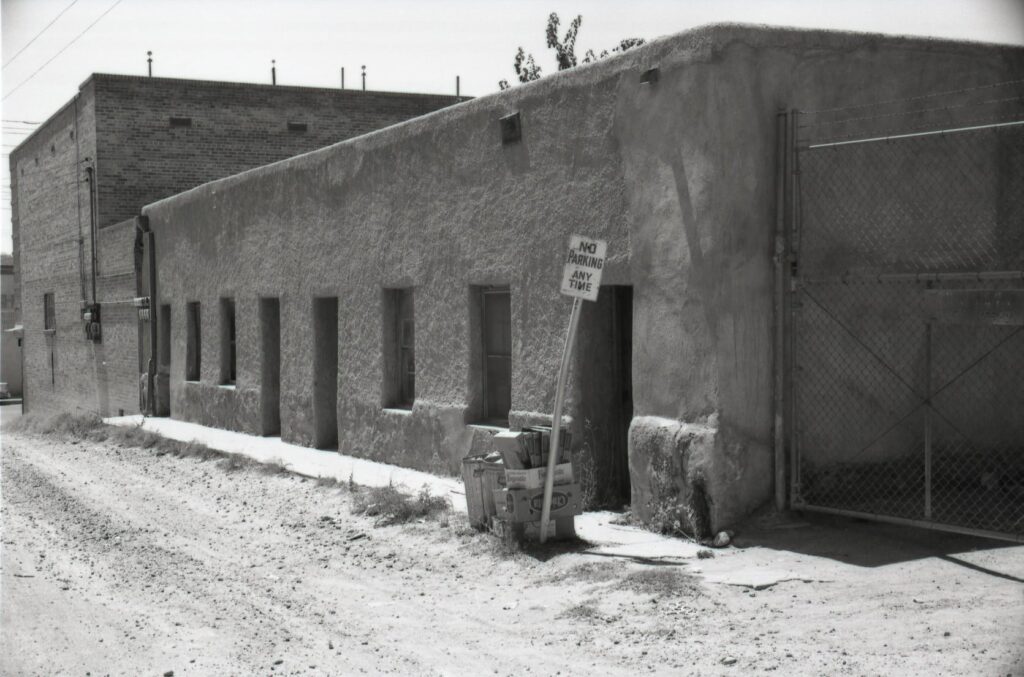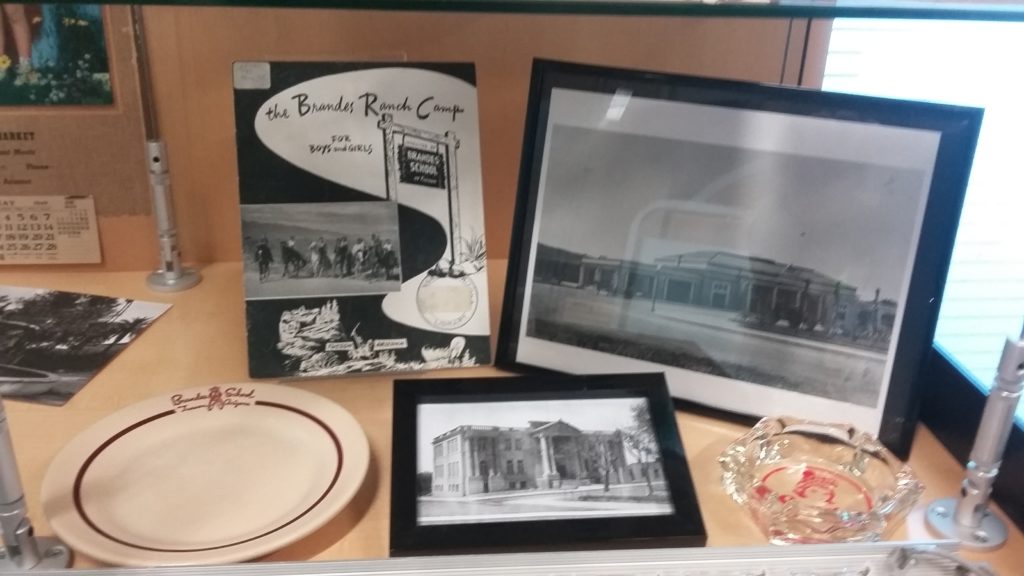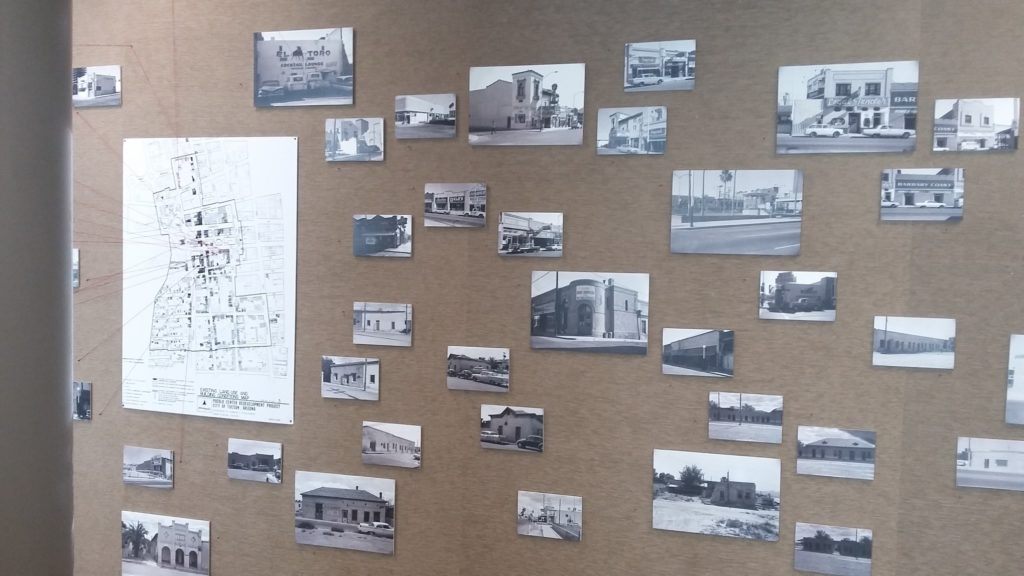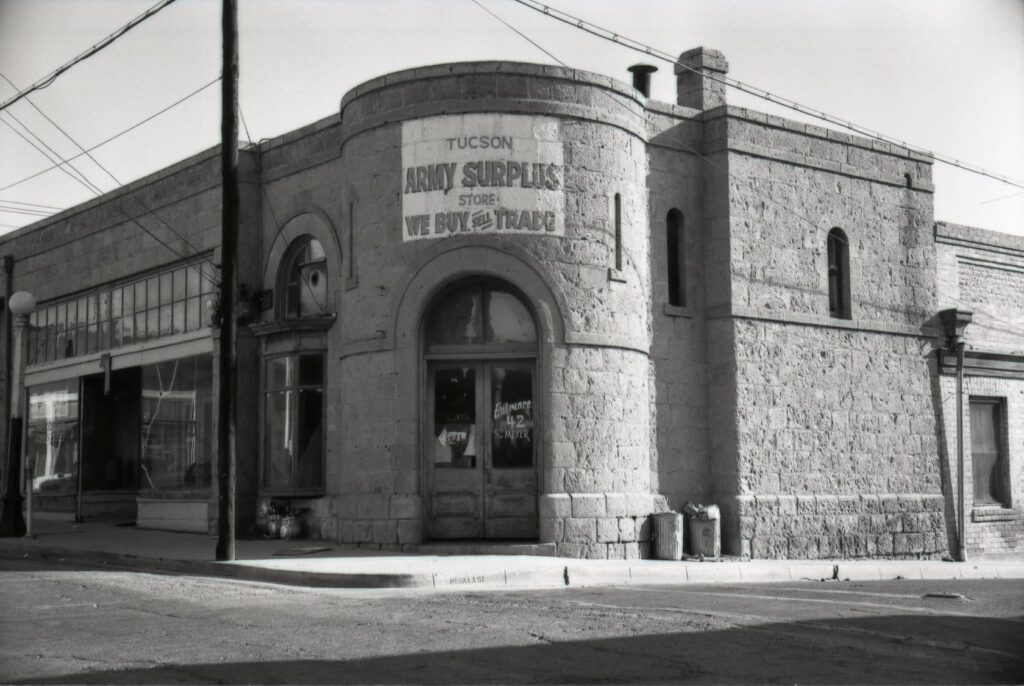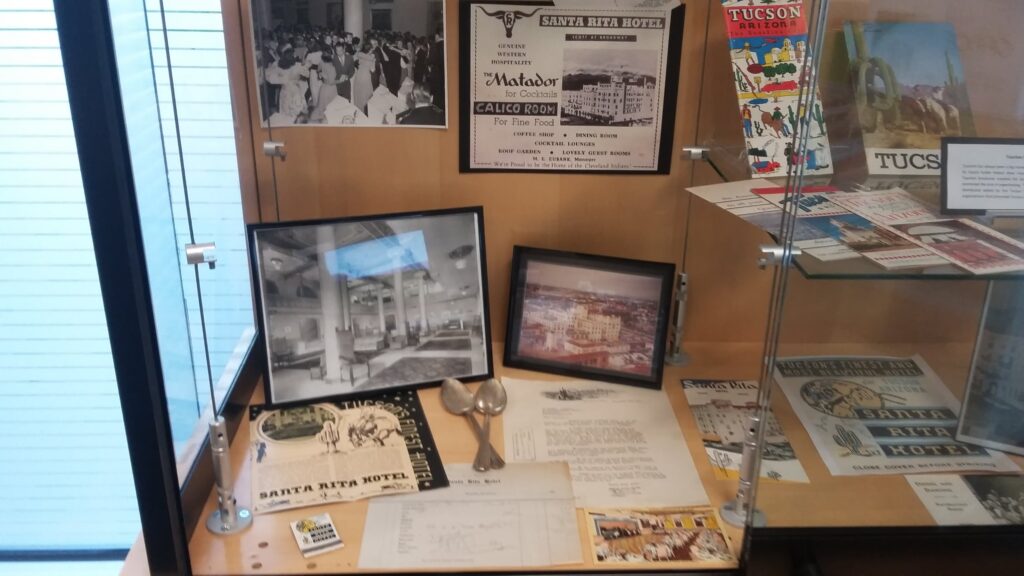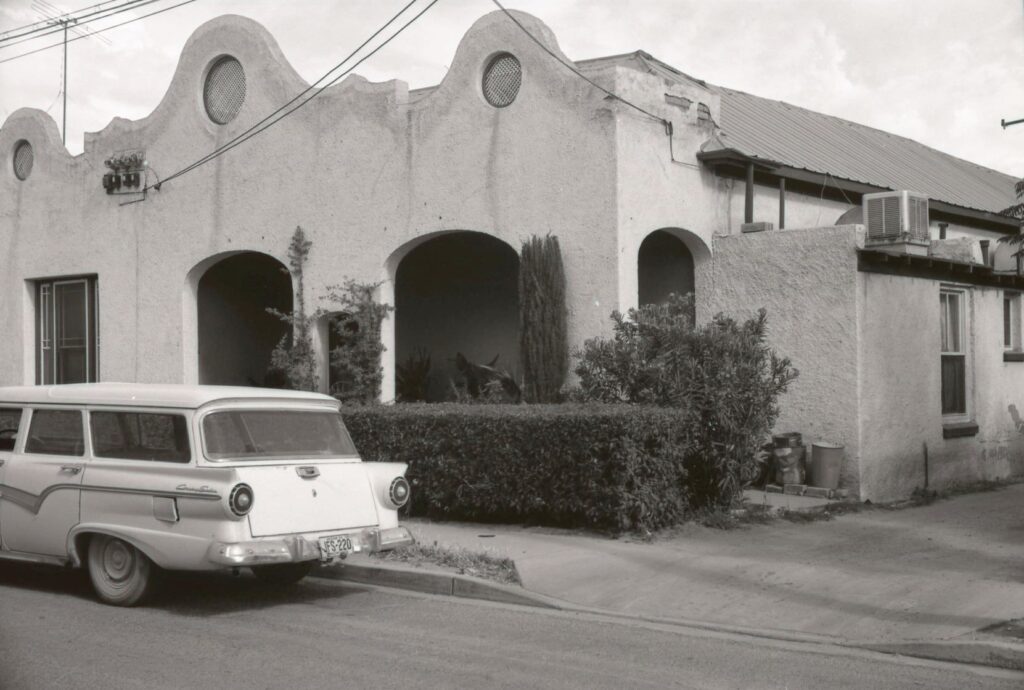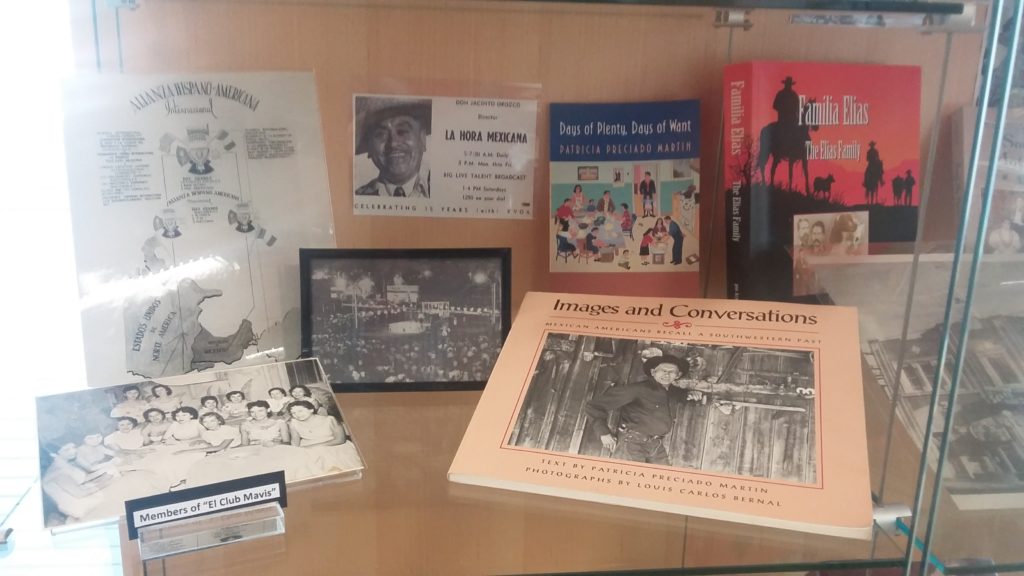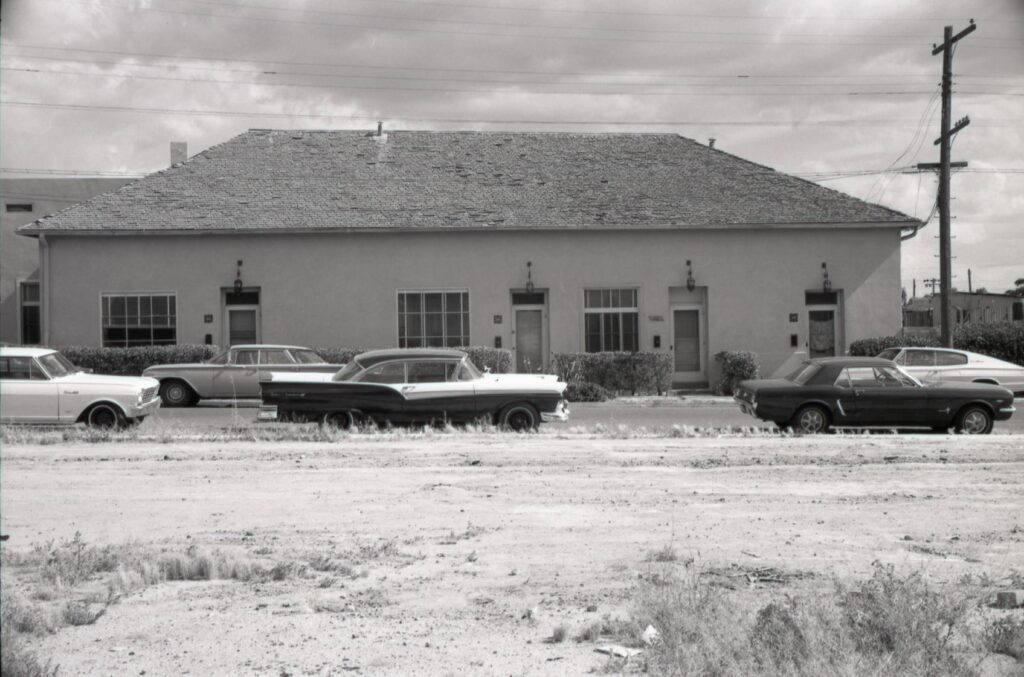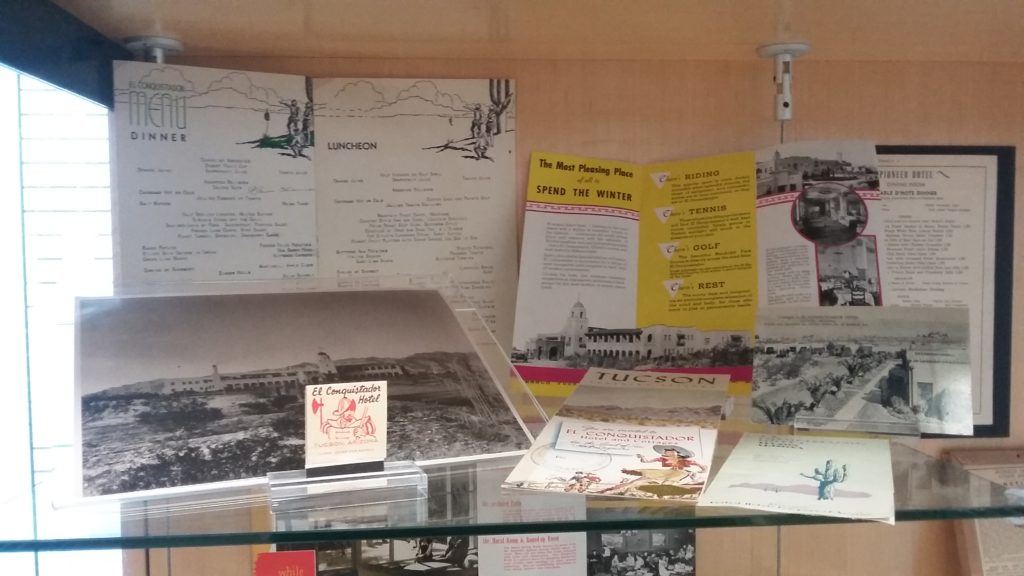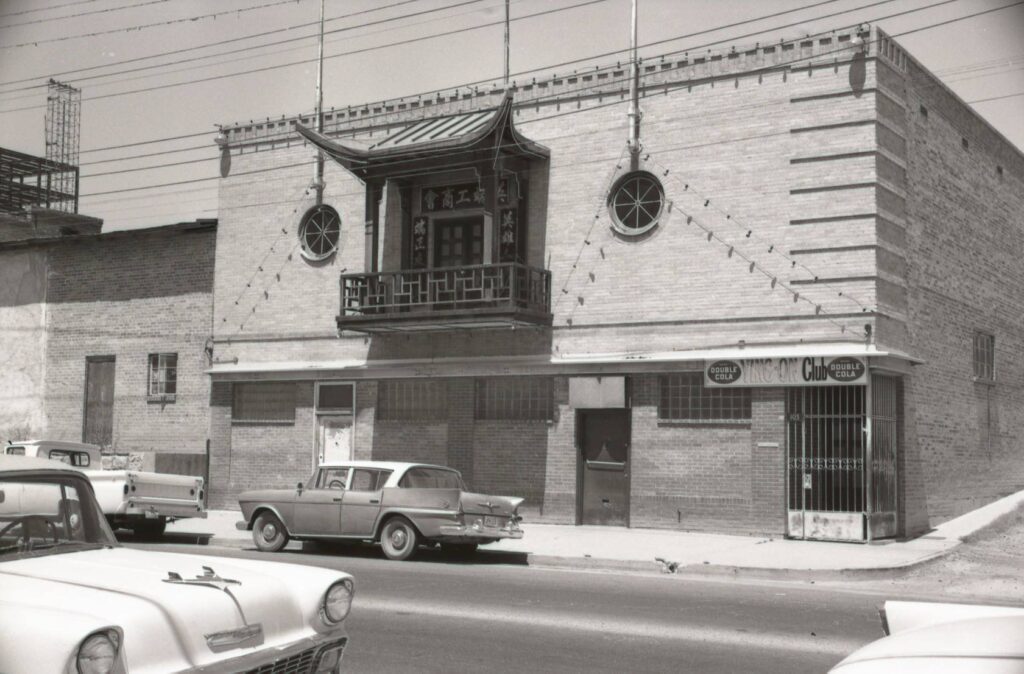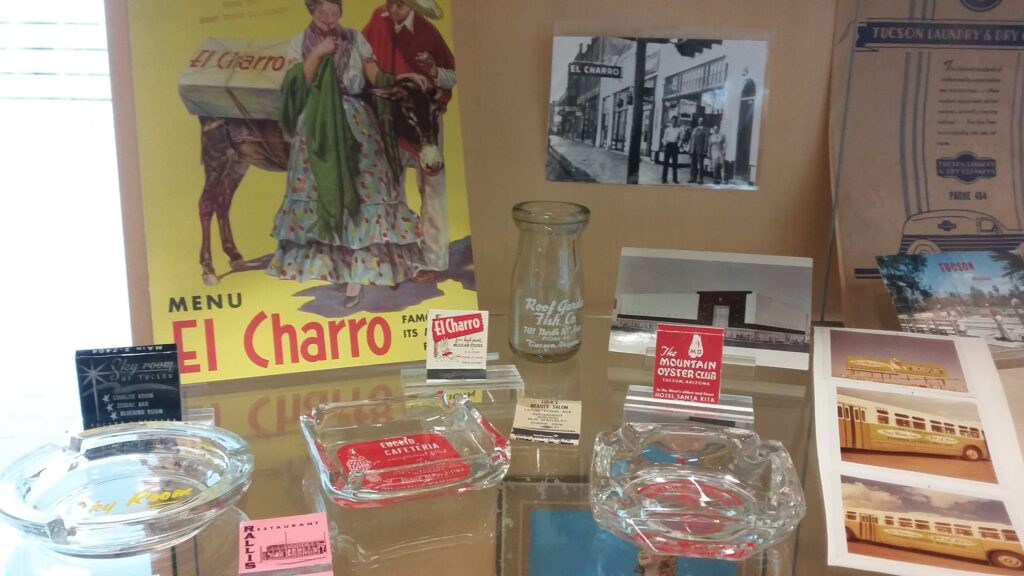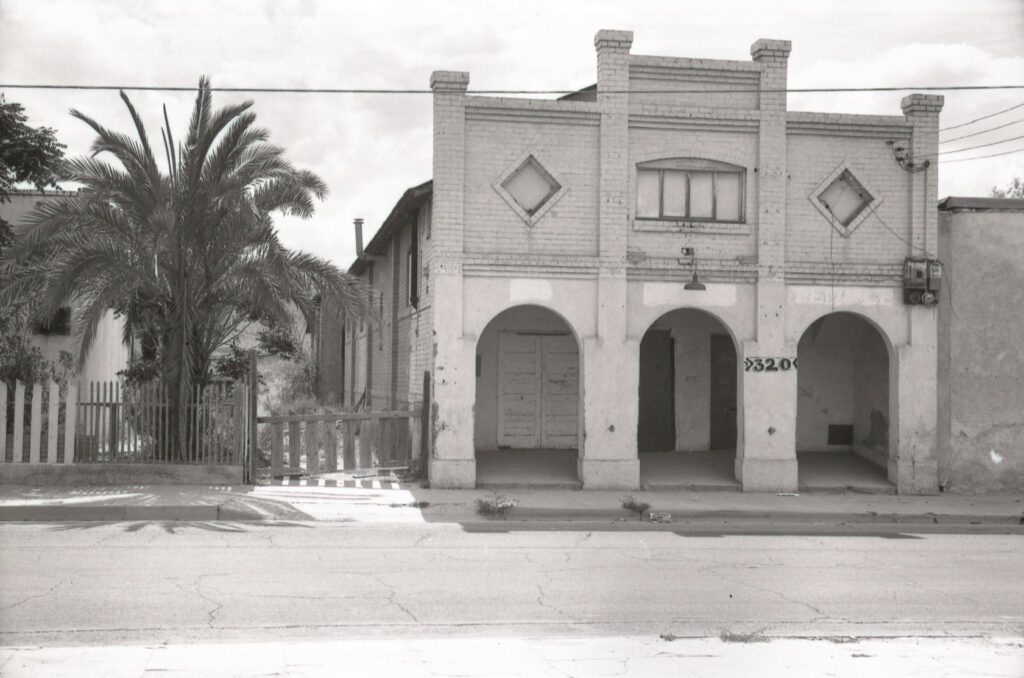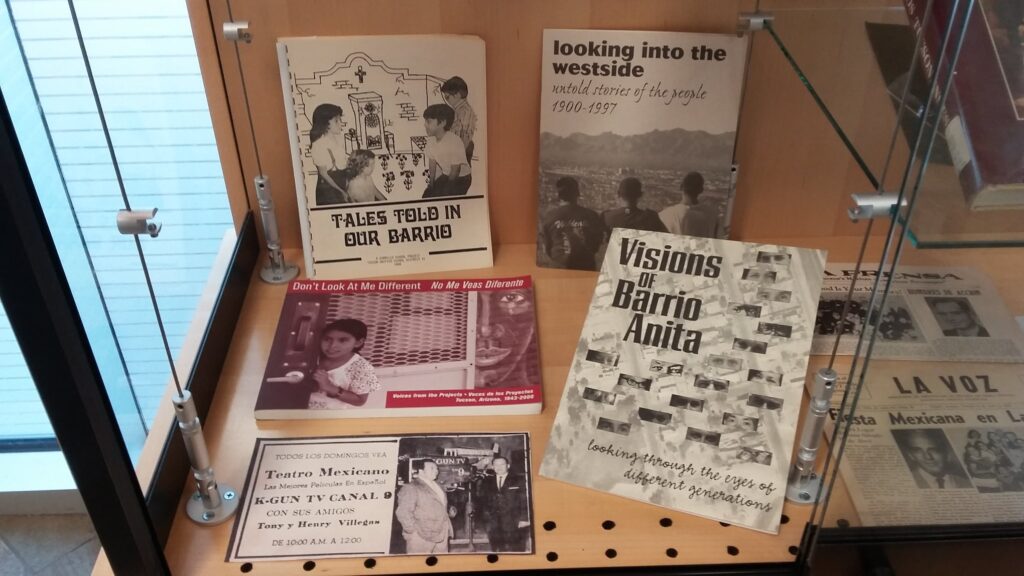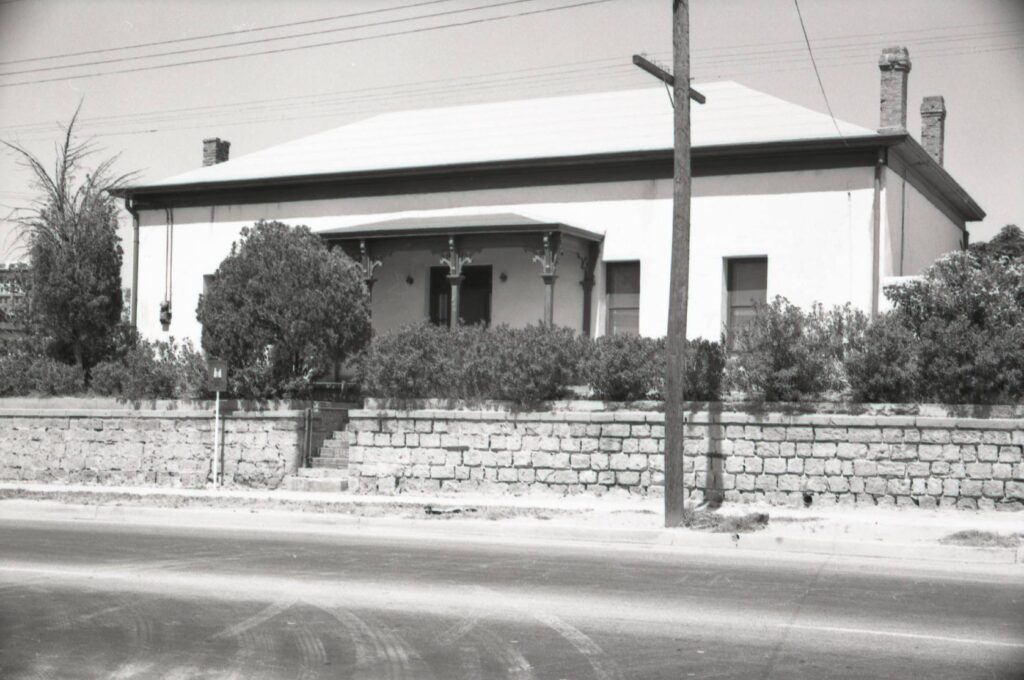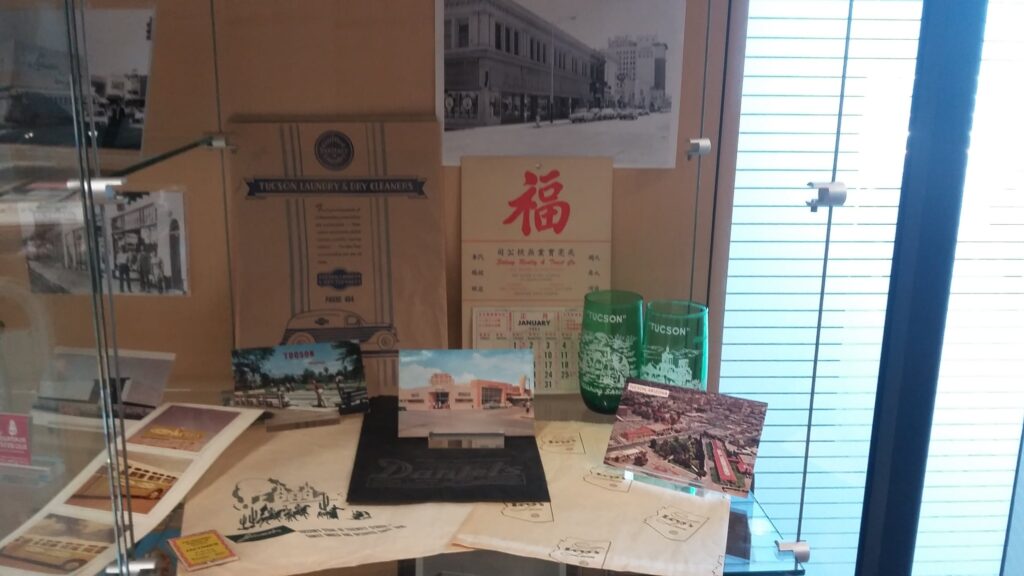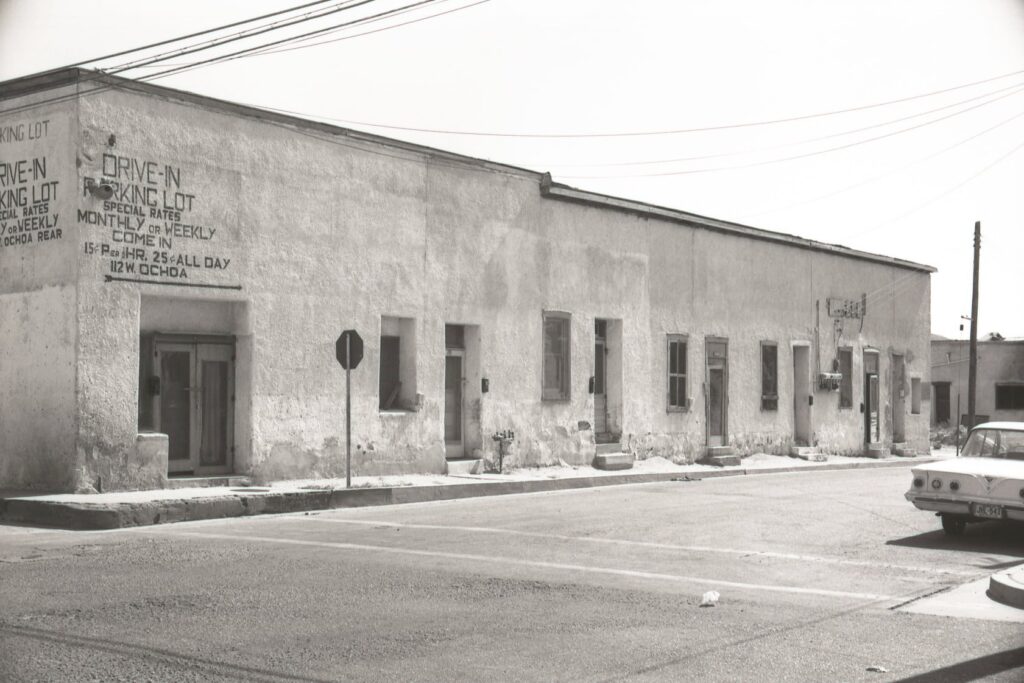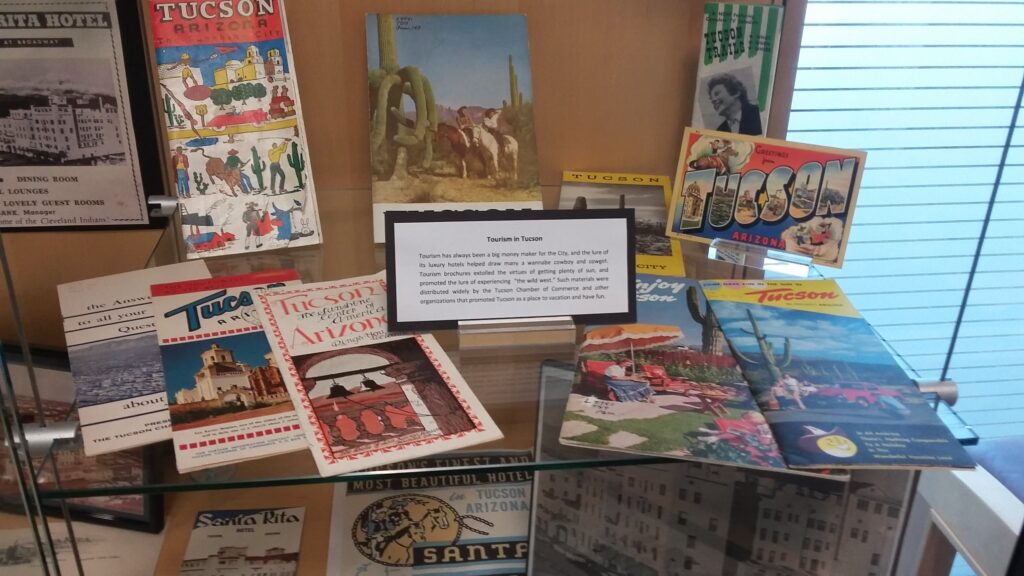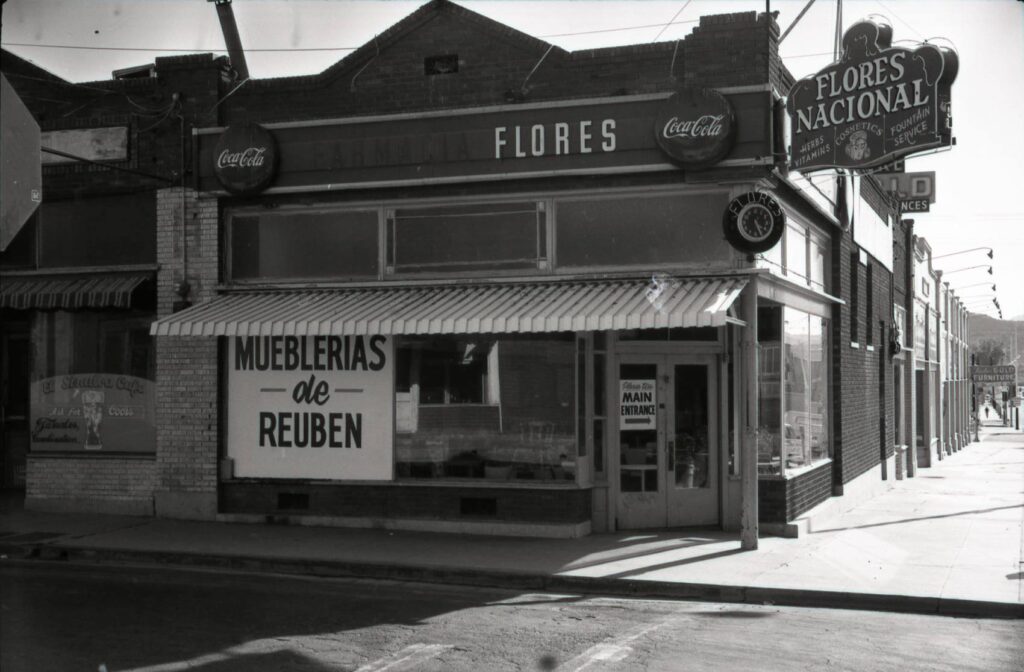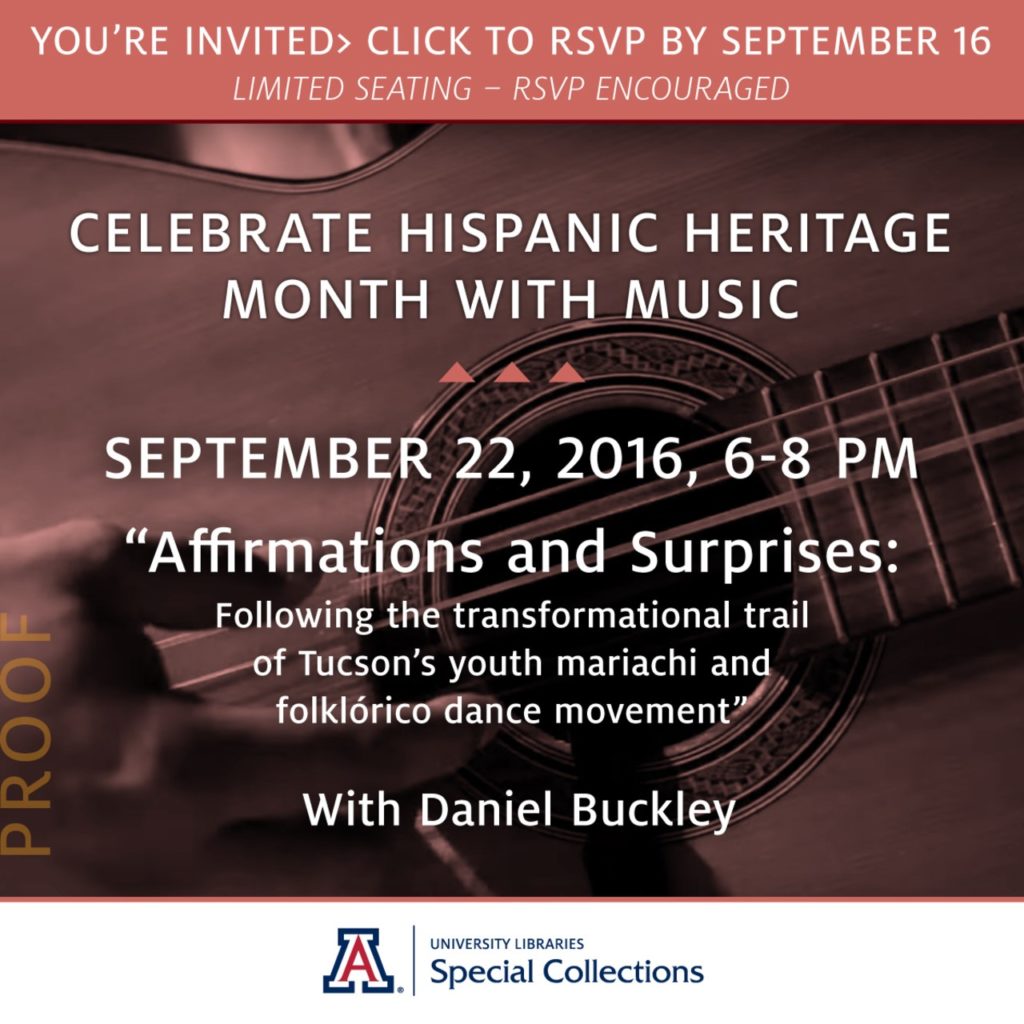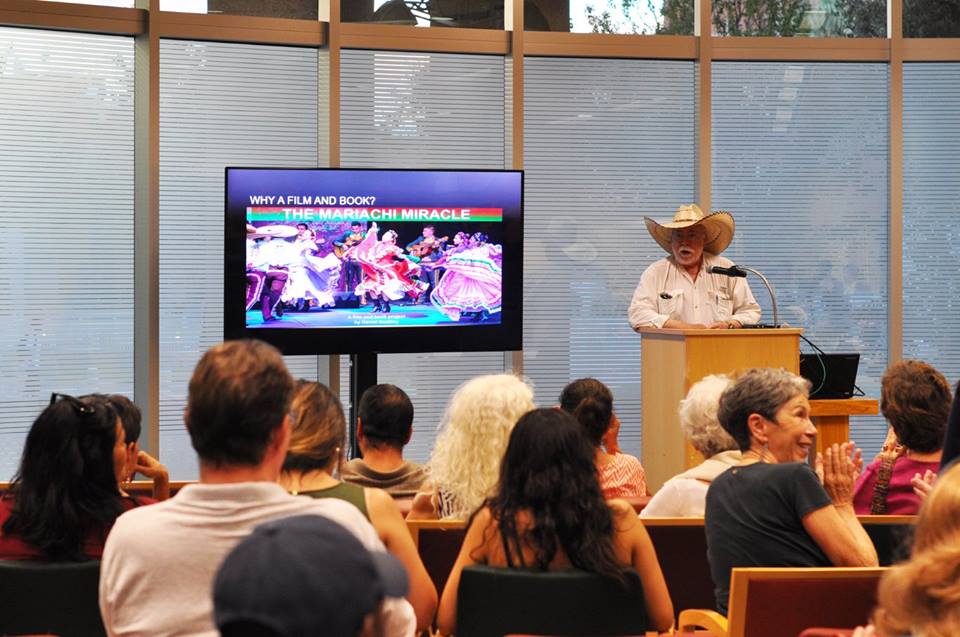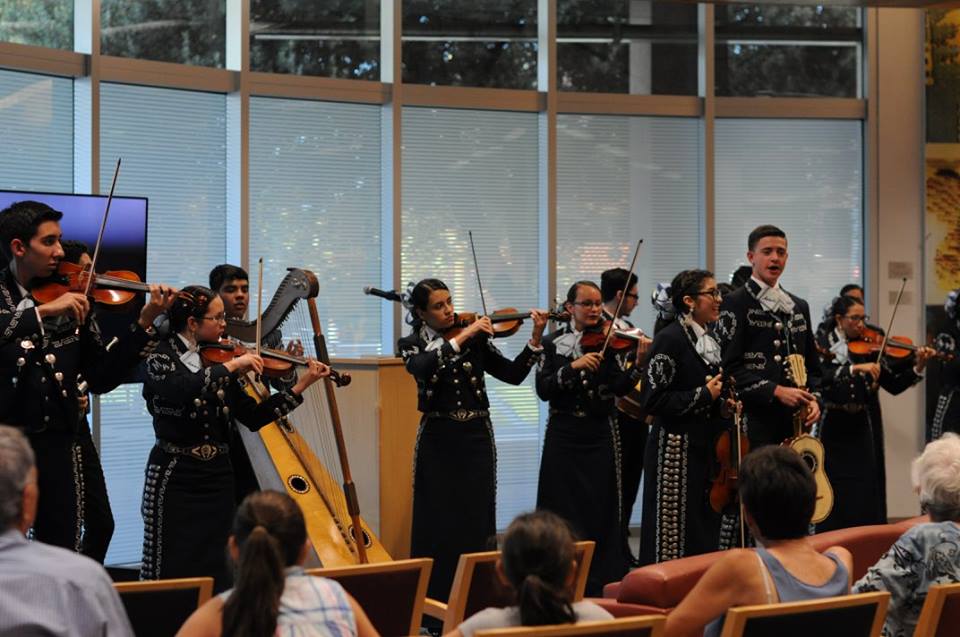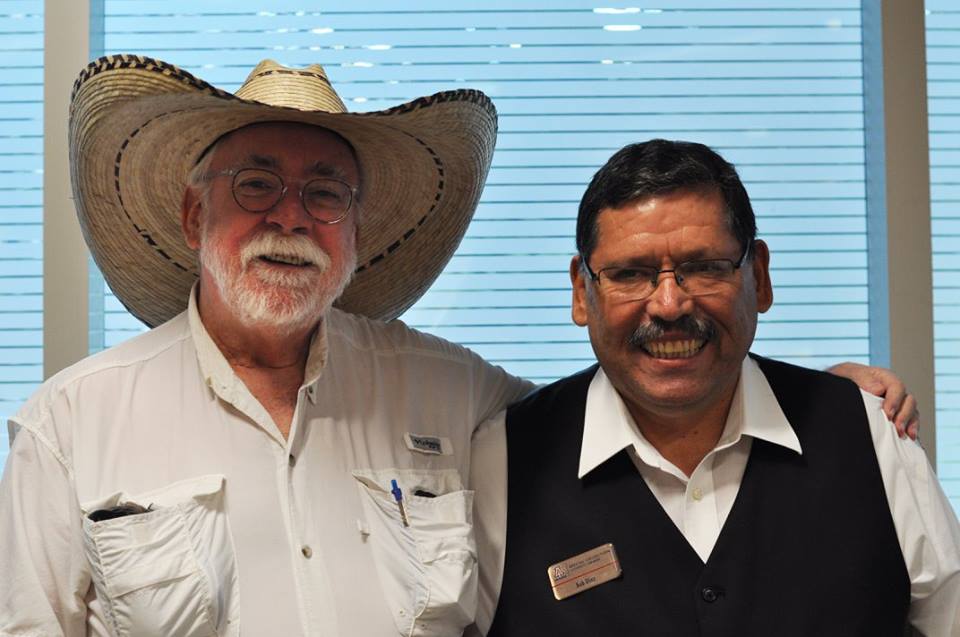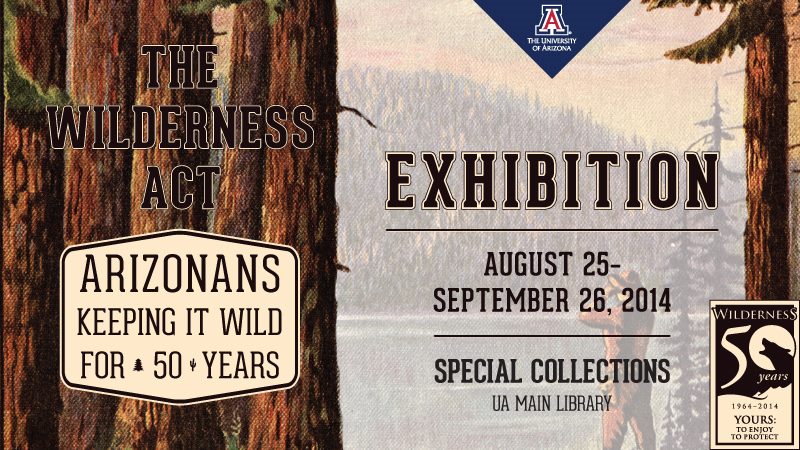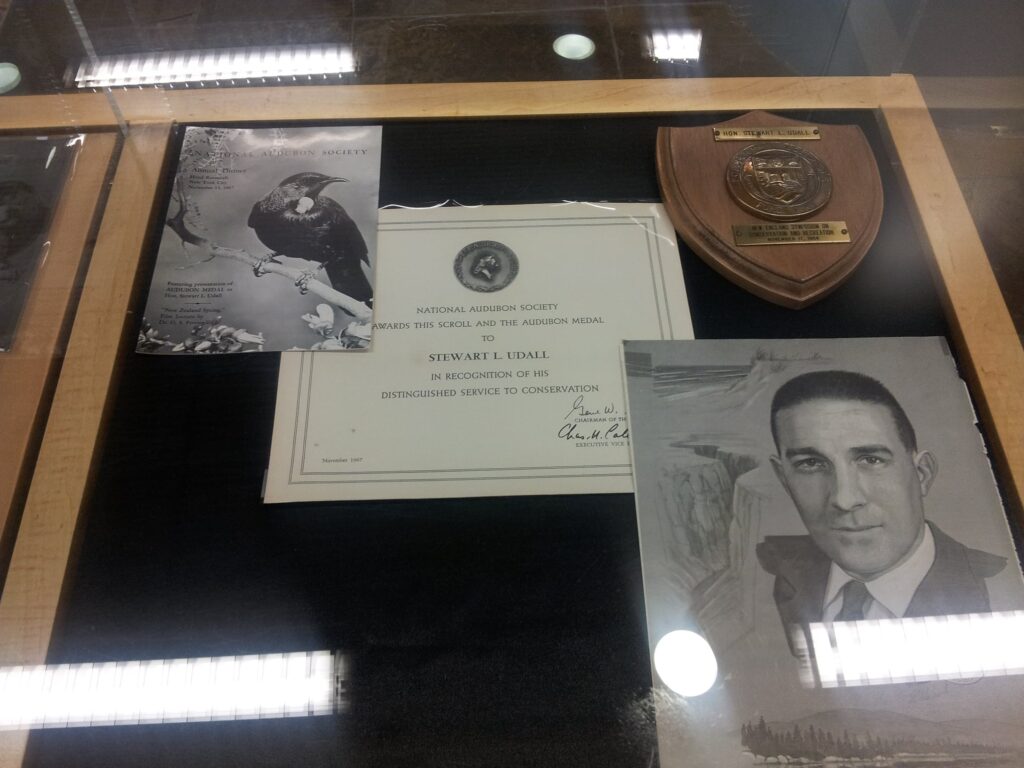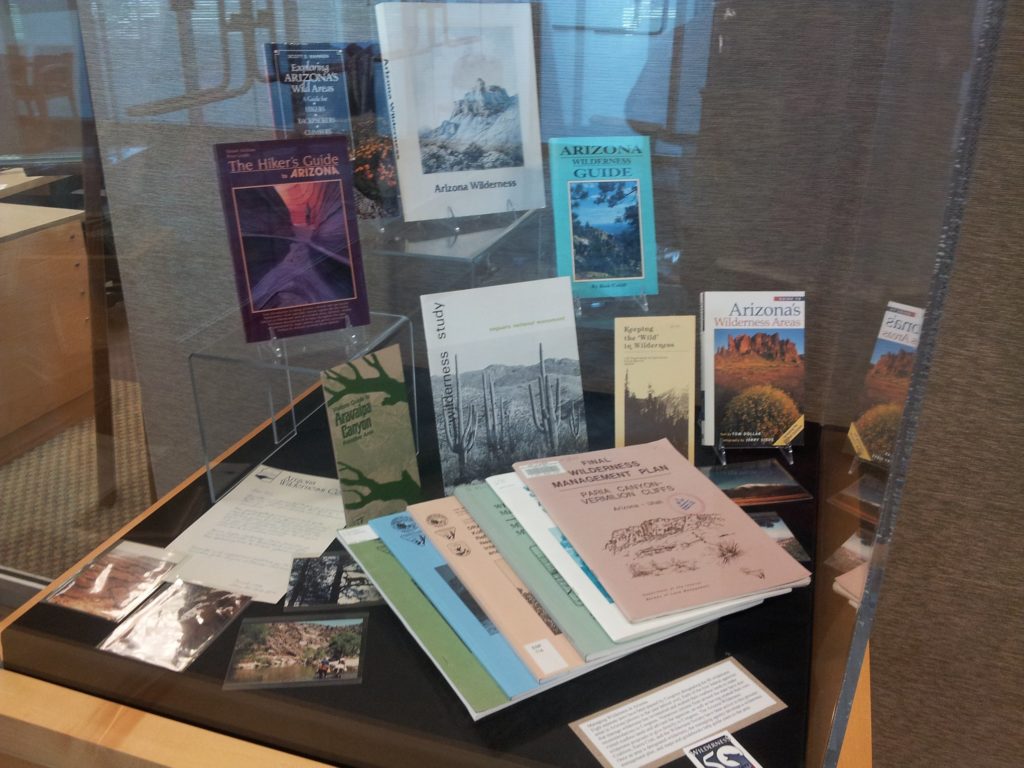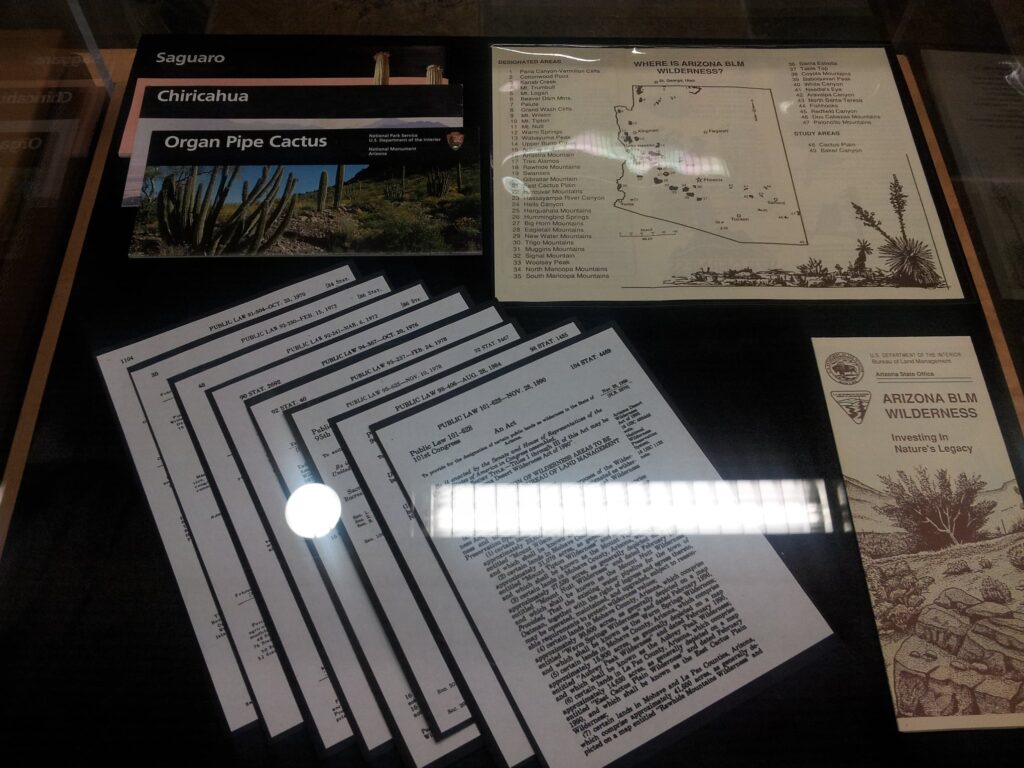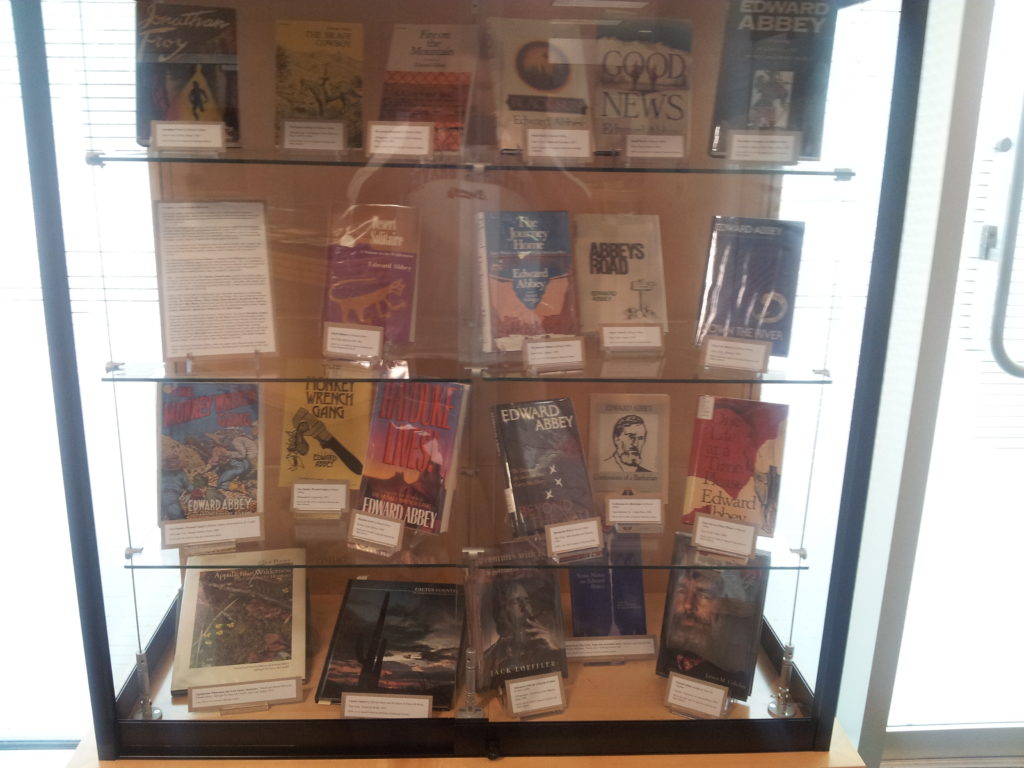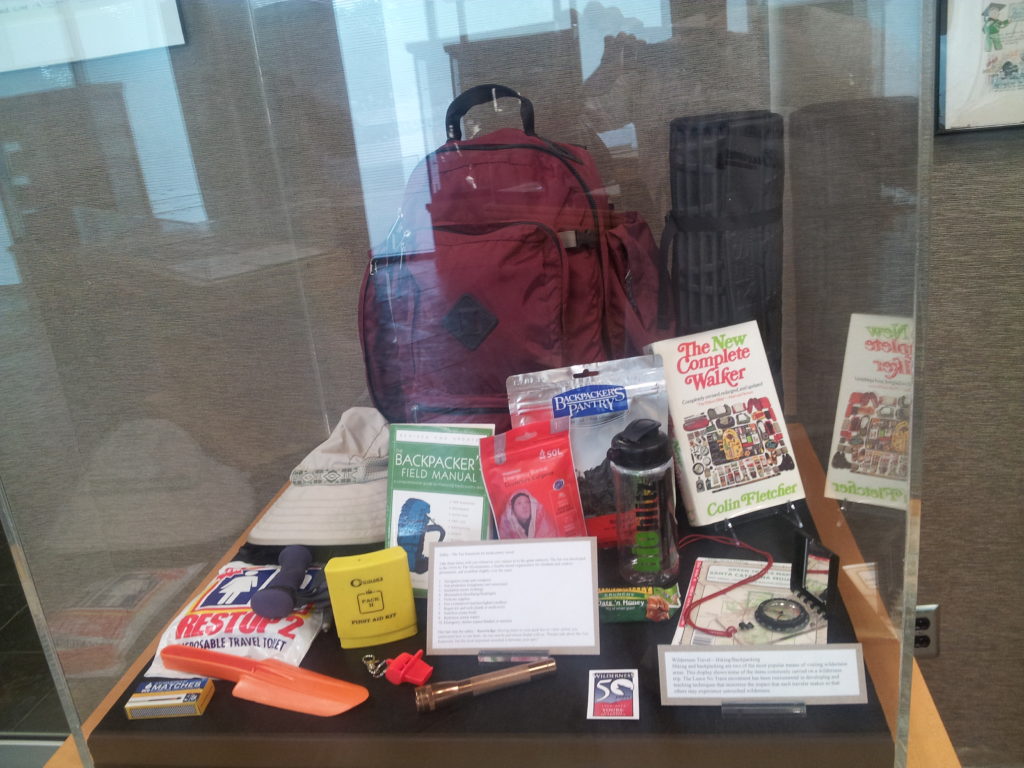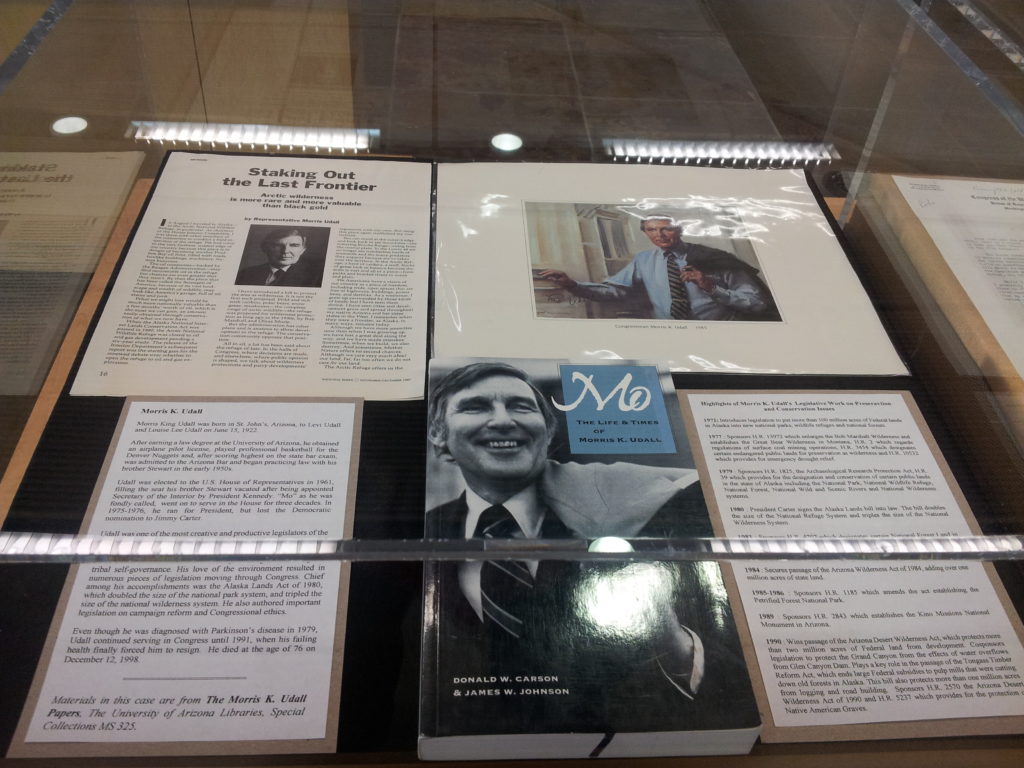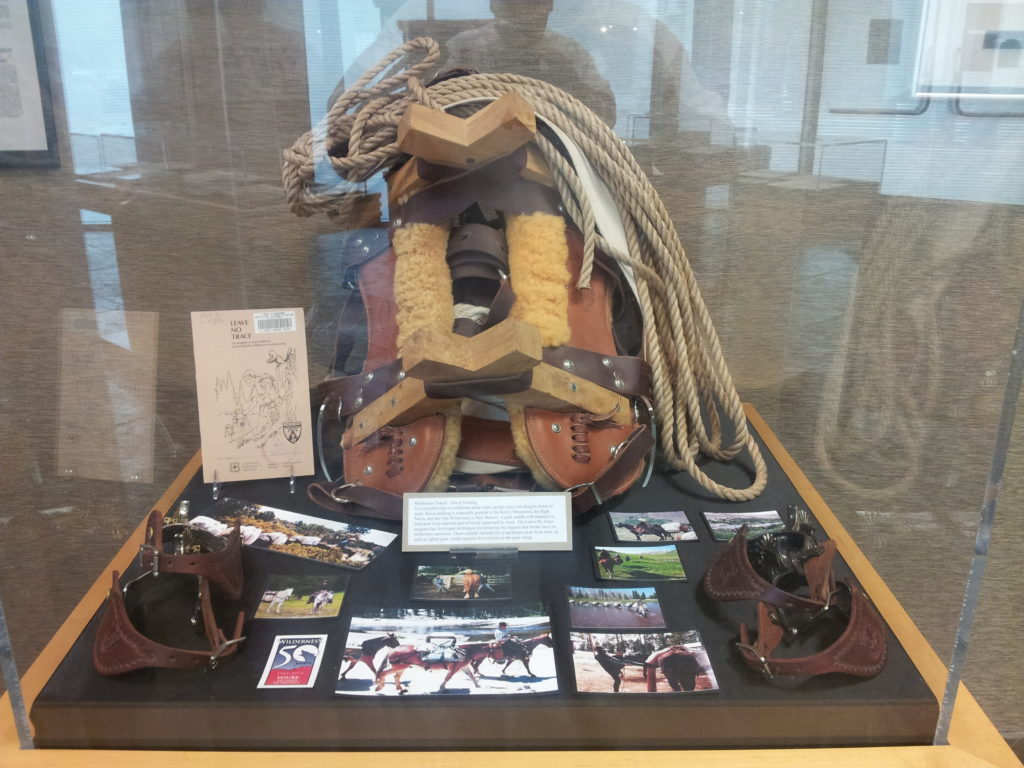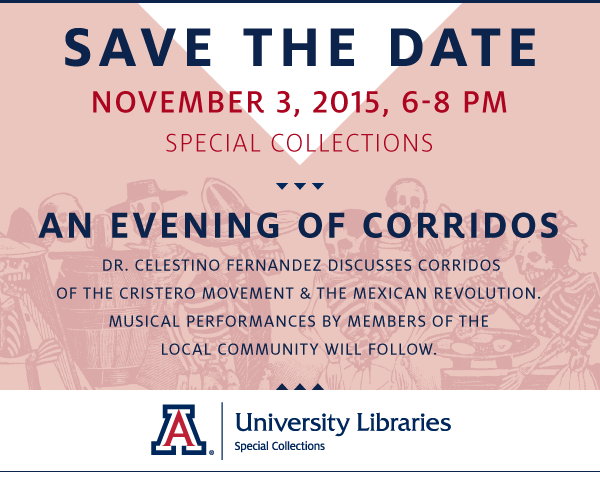
Promo for the event:
Corridos are narrative songs which often chronicle socially relevant historical events. The corridos featured in this evening’s program come from both the Mexican Revolution and the Cristero Rebellion, a revolt by Catholics against the Mexican government that occurred in response to anti-Catholic legislation in the 1920’s.
A lecture by Dr. Celestino Fernandez will be followed by the performance of corridos by local artists, including Juan Aguilar and Justin Enriquez, members of the quartet, Los Cuatro Vientos.
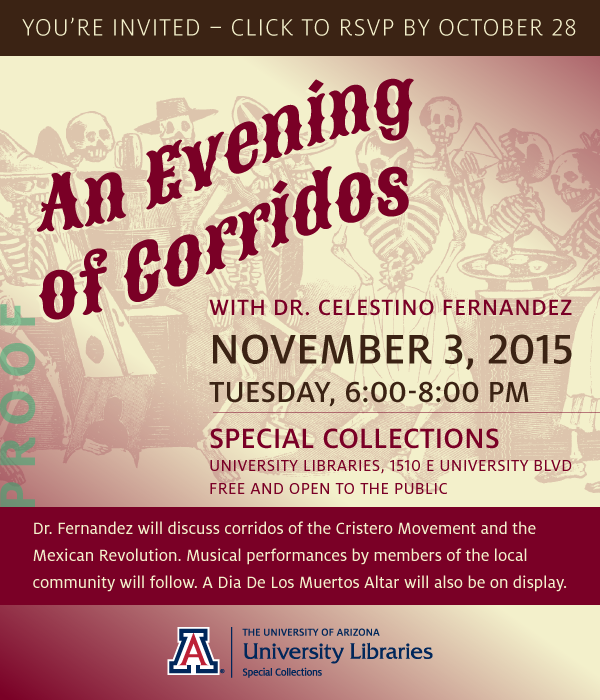
Dr. Celestino Fernández, Professor Emeritus in the University of Arizona School of Sociology, is himself a composer of corridos. He served as University Distinguished Outreach Professor and Director of Undergraduate Studies for many years. His research focuses on various issues pertaining to culture, Mexican immigration, ethnic diversity, and education and he has published approximately 50 articles and book chapters. Dr. Fernandez serves on numerous community boards, and helped start San Miguel High School, a college-prep school for students from poor and working class families. Dr. Fernández received an M.A. and Ph.D. from Stanford University.
To learn more about the Cristero Rebellion, you may wish to visit the online exhibition La Vida Fronteriza: Church, Economy and Daily Life which features materials documenting the De la Torre family and their involvement in the Cristero Rebellion.
My introduction to the event:
“Good evening. My name is Bob Diaz. I am the curator for the performing arts and the exhibits and events coordinator here in Special Collections. Thank you for for joining us tonight. It’s my pleasure to welcome you to our second annual evening of corridos. Before I introduce our guests, I’d like to mention our Dia De Los Muertos altar. This year’s altar was put together by Luis Coronado Gruel and students from his History 368 class on Colonial Mexico. The altar is dedicated to Sor Juana Ines de la Cruz, one of the most important Mexican writers of all time. Thank you, maestro Gruel, for doing such a wonderful job.
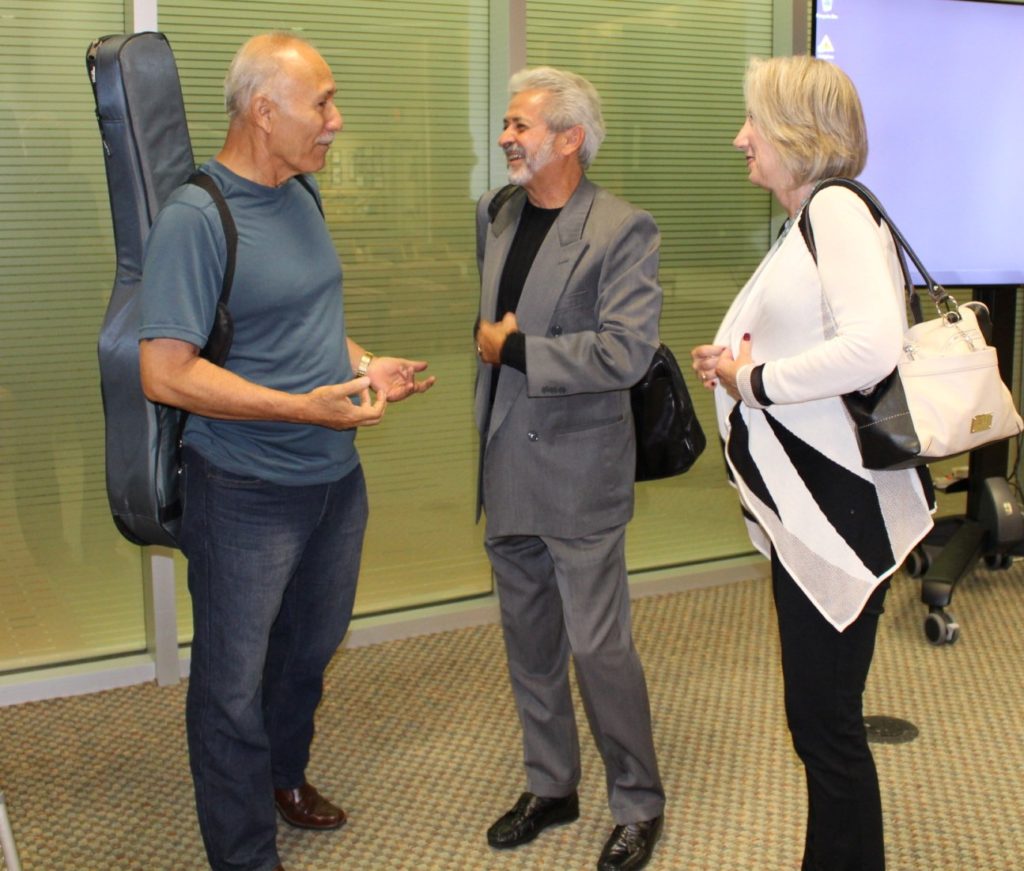
Tonight Dr. Celestino Fernandez, professor emeritus of Sociology, will be giving a presentation on the corridos of the Cristero Movement and the Mexican Revolution. Following his presentation, we will hear from a number of folks who brought their guitars with them and who will be singing some corridos for us. We have with us again, Justin Enriquez and Juan Aguilar, as well as a few other musical guests, including Bobby Benton, Jim Griffith, Antonio Gomez and Aristeo Brito, and Dena Cowan and Jesus Garcia. There may be others who have come along to join in on the fun, and hopefully we’ll have time to hear everyone sing at least one song.
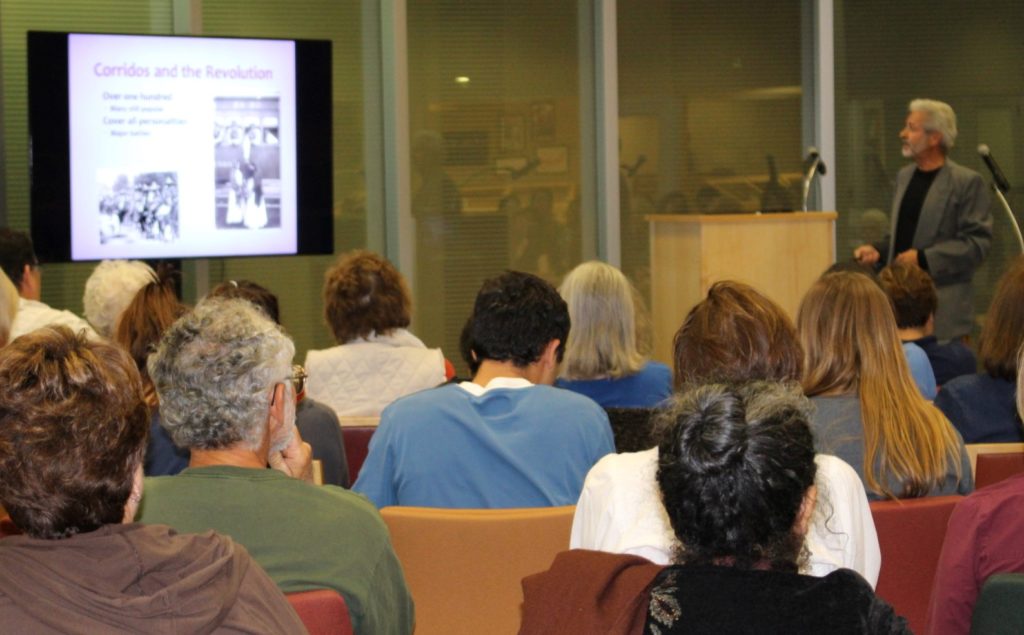
After the lecture and performances we will have refreshments, including pan de muerto from La Estrella Bakery. Please enjoy the program, stick around and check out the altar and our exhibit on Tucson, and enjoy yourselves. Nuestra casa es su casa”.


